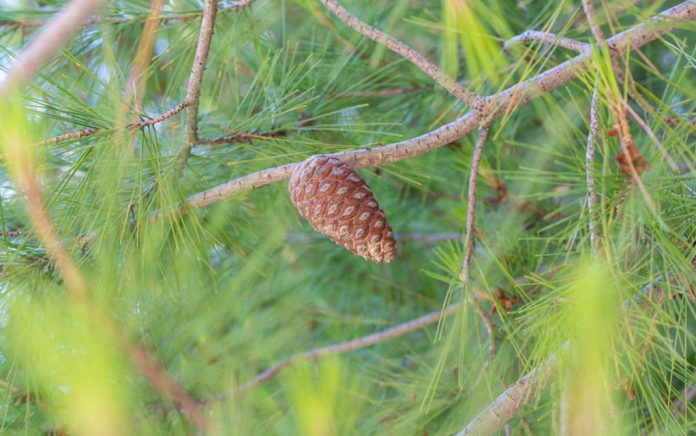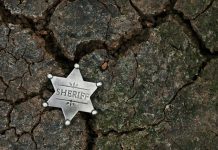(SurvivalDaily.com) – Evergreens are widely used trees. Though, many people may only see them as Christmas trees. People sometimes plant evergreens around their home or property to provide a wind-block. Plus, we can all agree they look beautiful in the winter. Believe it or not, evergreens can, in fact, save your life one day.
Identifying Different Evergreens
Not all evergreens are created equal. The three main types are conifers, meaning they use cones to reproduce. If you see a tree that has berries, it’s not a conifer and could be toxic. Three types of evergreen trees are used commonly as Christmas trees, providing fuel, food, and glue as well.
- Fir: A good way to remember how to identify a fir tree is, “flat, friendly, fir.” They do not have sharp pointed needles. Instead, the greenery has a flat feathery appearance.
- Pine: Having needles typically longer than that of spruce or fir trees. Generally, needles form in clusters of 2, 3, or 5. Though, depending on the species needles can form in clusters up to 7.
- Spruce: Needles are sharp and pointy, with square shafts, as well as solitary. An easy way to remember spruce trees is, “sharp, square, spruce.”
More Useful Than You Think
Generally, trees with needles contain a sticky sap loaded with turpentine. Turpentine is flammable, a substance made from volatile oils and burnable resins. Once a part of or the whole tree dies the water disappears, leaving the turpentine able to burn freely. This makes evergreen needles and sap great kindling in any climate.
The sticky sap can be used for something other than starting fires. The flammable part of the sap needs to be removed though. After the turpentine is removed, the sap becomes very solid, the secret to pitch glue. Both old dry sap and new sticky sap can be used to create this substance. You can even use a blend of the two.
Using a can that you don’t care about, cook the sap over medium heat. It may catch on fire, but don’t worry, it’s just burning off the turpentine (which is good).
After it’s been cooked for ten minutes, longer for larger batches, add in powdered charcoal and stir thoroughly. This can be used immediately or cooled for storage. When you use it you’ll need to preheat whatever you’re trying to glue. You need to let the glue cool down before handling. This makes a very strong adhesive, largely waterproof, but can be brittle and will melt near heat.
As strange as it may seem, evergreen wood has been known to filter water. Pine is the most commonly used species. The wood is porous enough to allow water to flow through it, but dense enough to filter out bacteria. Cut out a plug about 1 and 1/2 inches long and 3/4 of an inch wide. Insert this piece into a vinyl tube and clamp it in place. Hook the tube to a water container and allow the water to drip. If executed correctly water will seep through the wood and not around the plug.
Truth is, evergreens offer so much more than decoration. You just need to have the knowledge to take advantage of them. Shelter, fuel, food, and many other things can be created through evergreens. Having this knowledge could, in fact, save your life someday.
~Copyright 2021, SurvivalDaily.com

















